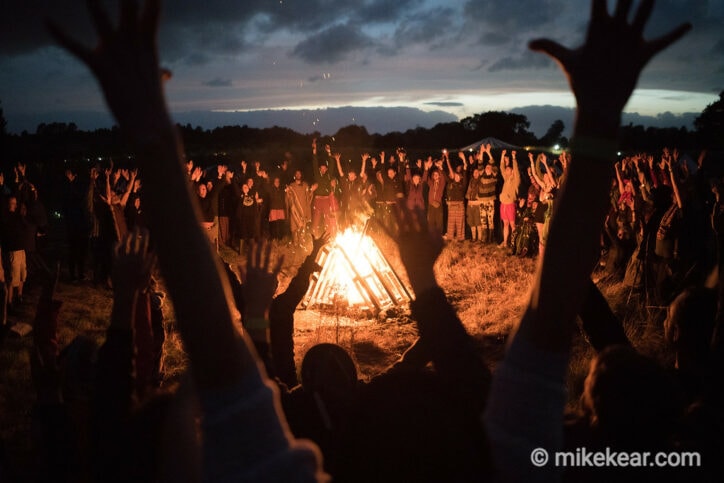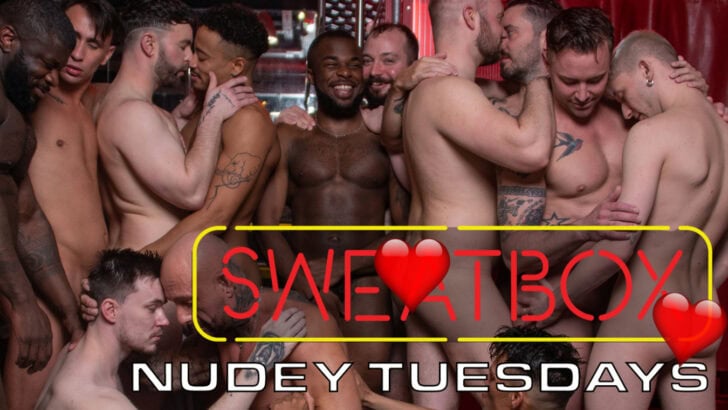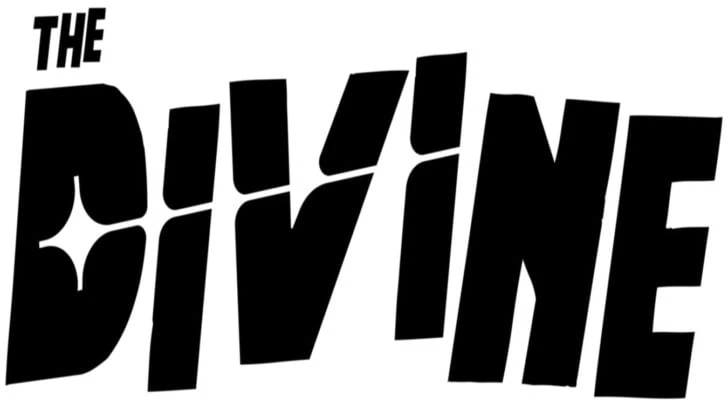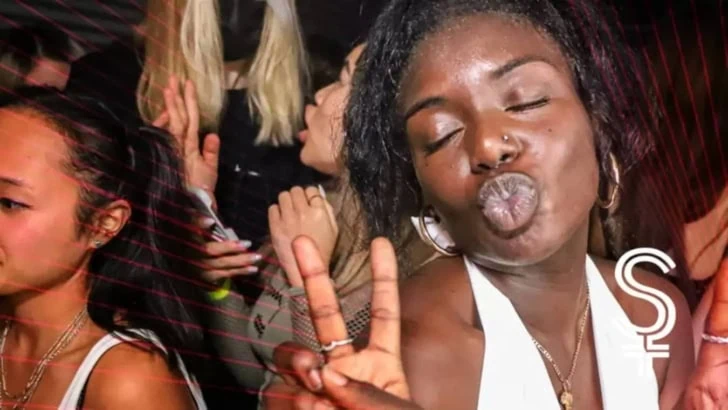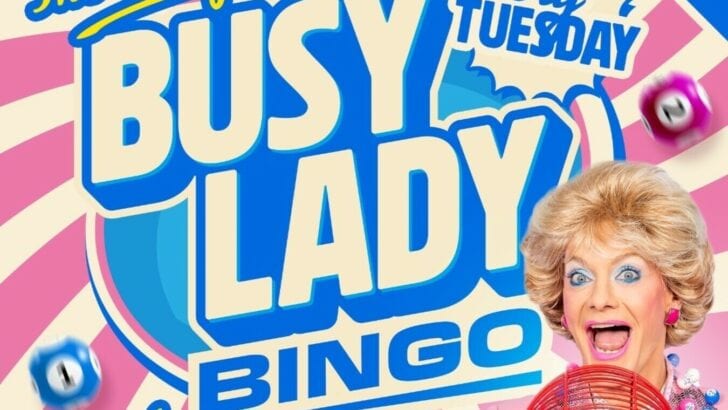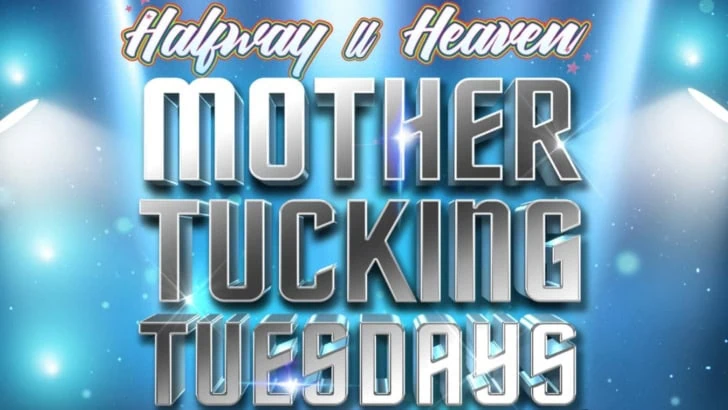“The words homosexual, gay and faerie each have a slightly different connotation. Homosexual speaks strictly about sexual acts, while gay refers more to a lifestyle and politics, and faerie refers to a type of spirituality and social consciousness.” Gay witch Lou Percus (1953-1994) in ‘Through the Fires: The Wizard’s Way.’
I’ve been around London’s gay scene since the mid 1980s, when I was a smalltown boy rushing to the big city seeking love and adventure. For a few short years I got to indulge the playground, negotiating the boundaries of desire and fear that dominated our gay universe in the age of AIDS. I was diagnosed HIV+ in 1990, aged 25, but this didn’t stop my search for joy – it probably intensified it. In the early 90s I was out dancing every weekend, and often midweek too – Heaven, the Fridge in Brixton and the Market Tavern in Vauxhall were my favourite nightspots.
In the mid 90s my life changed. The onset of HIV related symptoms prompted me to start asking questions about life and death that I had previously chosen to ignore. At 12 years old I had declared myself an atheist, the materialist scientific school education making more sense to me than religion. The magical child in me, who had once constantly chatted to tree spirits and other invisible friends, went to sleep, and the gay soul also stayed hidden, suppressed in fear, until I was 21. At 30, facing serious illness and likely death, I opened my mind to spiritual questions, and applied my university-educated, historian skills to a study of humanity’s search for the meaning of life. I soon realised that this has been our prime obsession throughout history, that the atheism of the modern age is overplayed, and found certain ideas and threads common to all religious and magical paths:
- A sense of divine unity, oneness, that underlies all existence, and gives rise to our consciousness.
- This source can be ‘known’ as an impersonal or personal force, but it can be known – through love.
- This force manifests through the interaction of certain polarities, such as male and female.
- People who embodied a balance of both male and female in their personhood were historically often considered to be closer to the divine ideal, and so became shamans and priests in traditional, pre-monotheistic cultures.
I discovered that there had been queer men back in the Victorian age who were calling for the real reason Christianity adopted its virulent homophobic stance to be exposed. For example, John Addington Symonds said:
“…it is of the highest importance to obtain a correct conception of the steps whereby the Christian nations, separating themselves from ancient paganism, introduced a new and stringent morality into their opinion on this topic, and enforced their ethical views by legal prohibitions of a very formidable kind.”
Historian Rictor Norton sums it up thus:
“There is a pervasive association at all times in the ancient world between eunuchs, women and religion… In the Bible, this linkage is reflected in the mentions of “the holy ones,” who, in addition to being called holy, are also called “sodomites” and “whores” in the King James translation and “temple prostitutes” in recent versions. The demand for celibacy of the clergy under the Roman Catholic system reflects the same association. People expect their priests to have no children because childless gay men and lesbians were the original chaste, holy priests. Moreover, gay people mirror in themselves the divine union of maleness and femaleness that is traditionally thought to be the image of the Creator. After all, the image of the Creator is male and female, according to Genesis 1:28.
“Straight people, who suffer from a gender imbalance, marry one another in order to bring the male and female sides together. But gay people are closer to having both sides in balance within themselves. Transgendered and intersexed persons are even closer to that holy state.”
The suppression of gay sexuality by the Christian church was in fact a spiritual usurpation, a power grab and an attempt to eradicate the pagan past, in which sexuality was seen as a spiritual force of nature. Historian Will Roscoe explains:
“At the time of the birth of Christ, cults of men devoted to a goddess flourished throughout the broad region extending from the Mediterranean to south Asia. While galli were missionizing the Roman Empire, kalu, kurgarru, and assinnu continued to carry out ancient rites in the temples of Mesopotamia, and the third-gender predecessors of the hijra were clearly evident in lndia. To complete the picture we should also mention the megabyzoi, or eunuch priests of Artemis at Ephesus; the western Semitic qedesha, the male “temple prostitutes” known from the Hebrew Bible and Ugaritic texts of the late second millennium; and the keleb, priests of Astarte at Kition and elsewhere… These roles share the traits of devotion to a goddess, gender transgression and homosexuality, ecstatic ritual techniques (for healing, in the case of galli and Mesopotamian priests, and fertility, in the case of hijra), and actual (or symbolic] castration. Most, at, some point in their history, were based in temples and, therefore, part of the religious-economic administration of their respective city-states.”
The modern gay liberation movement was born in a secular age, where the ancient association between queer sexuality, gender fluidity and the sacred were largely forgotten, or simply not taken seriously. I had been out and proud for ten years before I discovered this history, but had I found it earlier it would not have meant much to my atheist’s mind. But as I turned my thoughts to ‘god’ in preparation for an early death, I underwent an awakening to a deeper reality than I had previously been aware of – except perhaps while dancing high in phenomenal gay clubs, or while making ecstatic love to a man! I started to take the spiritual side of life seriously, dived into study and practice. I believe this spiritual energy, plus the love of a good man, kept me alive while AIDS ravaged my body. My CD4 count reached a low of 3, and my friends expected me to die, but I hung on, and in 1998 my health returned once I began treatment with a protease inhibitor. I returned to life with a new sense of spiritual awareness, and a confident belief that for us queers there is another layer to the journey still to take – we have achieved great things in terms of sexual, social, political liberation, but the spiritual layer awaits us.
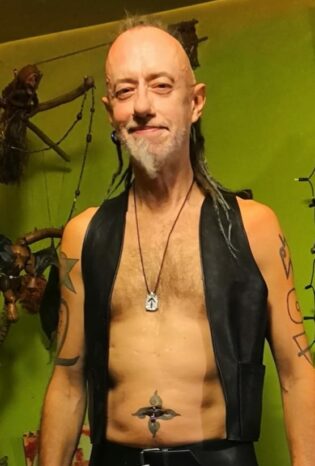
Since my recovery from AIDS I have continued to be part of the London gay scene – but I have worked to maintain my health and well being by also spending plenty of time in nature, often with other queers at for example Radical Faerie gatherings. Since the late 70s in the USA, and mid 90s in Europe, Radical Faerie gatherings and sanctuaries are spaces in which queers choose to live in a co-created community setting, and find our own ways of being together. We shake off the attitudes and behaviours imposed on us by hetero society and explore radical forms of deep connection, from the erotic through to the ecstatic. What emerges is JOY, LOVE, COMPASSION, PLAY, DRAG, RITUAL, PERFORMANCE, DANCING, HEALING. Faerie founding father, Harry Hay, proposed that gay men have a special way of meeting the world – he called it subject:SUBJECT consciousness. In faerie space we get to unravel the subject-object approach that the world is so deeply engaged in, we listen to each other’s stories and we support each other’s healing and self-discovery. I believe that the Radical Faerie community has been exploring the cutting edge of queer consciousness during these past decades, and some faeries have also been reclaiming the ancient shamanic pagan queer spirit magic for today. As a result, faeries have much to offer the wider, global queer community – not least in helping us to see through and dismantle religiously based homophobic beliefs that blight our lives still.
Being part of the London scene these past 4 decades I have seen the end of AIDS and the rise of sexual hedonism to levels way beyond what gay men got up to in the pre-aids 1970s. Apps and drugs dominate the sex scene, gay sex is so easy to find and so much less bound up in fear than it was, especially since Prep arrived. But we know it’s no paradise out there – in the gay underworld the loneliness, abuse, addiction and health issues are very real. We chase high, horny, ecstatic states of being but without much sense as to why, other than our own personal satisfaction. As a community, the gay scene could benefit from a conversation about our ecstatic roles in traditional cultures. As beings who balance male and female within ourselves, mystical teachings tell us we are ecstatic souls in touch perhaps with layers of reality that others do not see. After many years exploring, I agree with writer Andrew Ramer, who recorded in the book Two Flutes Playing (1997): “All of our addictions, to chemicals and to behaviours, mask our ancient shaman powers.”
Since 2005 I have been offering spaces in London for spiritually minded queers to come together, to share their stories and spiritual discoveries, to make ceremonies together at full moons and solstices, and to have some fun. I run a drum circle at full moon where dozens of queers raise the spirit together, an ecstatic music and dance release – after many years at squats and community halls the drum circle has most recently been taking place at Clapham’s Two Brewers.

IF YOU ARE LOOKING FOR SOME SPIRITUAL CONNECTION WITH MAGICAL QUEERS IN LONDON:
Join the Queer Spirit London group on Meetup.com for drum circles and other events of queer souls to gather, and/or join the Radical Faerie mailing list at albionfaeries.org.uk. Plans are also afoot for (the fourth) Queer Spirit Festival in 2023, a 5 day camping event that was attended by 500 fabulous queers at its last outing in 2019. Check out queerspirit.net for photos and testimonials.
Marco Lovestar blogs about queer history, queer spirit and mysticism at rainbowmessenger.blog as well as at queerspirit.net. Marco’s aim is to expand the conversation about what it means to be queer, to open our minds as well as those of the rest of the world, and let the queer spirit in!
“Our beautiful lovely sexuality is the gateway to spirit. Under all organised religions of the past, Judaism, Christianity, Islam, there has been a separation of carnality, or shall we say of flesh or earth or sex, and spirituality. As far as I am concerned they are all the same thing, and what we need to do as faeries is to tie it all back together again.” Harry Hay (1912-2002)
